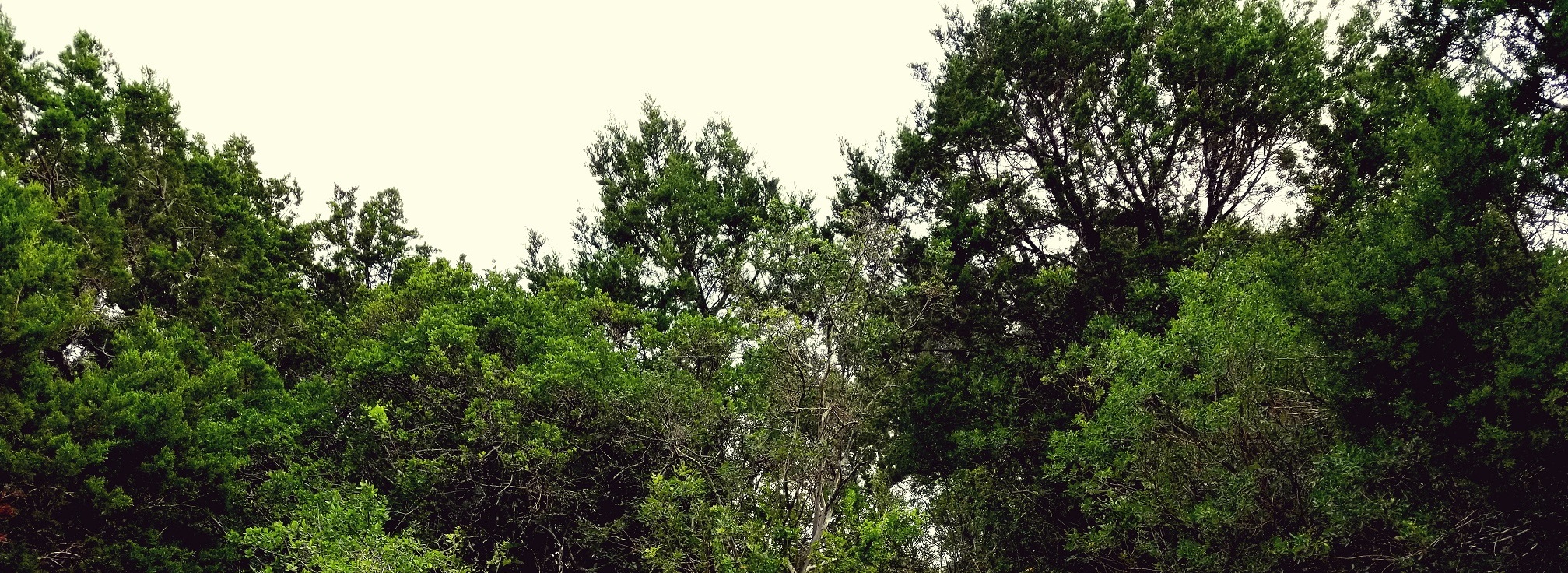Jonunieres
East of the Poppyhills, the terrain grows hilly and the swathes of fiery poppies give way to savannas of wildflowers and hills of chalky, white rock where only cedars grow. This region was called Jonunieres by the original Quiaties people who arrived and were immediately beset by hardship and war.
Geography and Borders
The region is mostly temperate with its northern edges just slipping into subtropical at the boundaries of the high pampas. The rugged hills swell in size as one travels southwest but never quite become mountains except at the Canterlund range which marks the border of Jonu Quiato border. No rivers run in this land but creeks, springs, and sinkholes are ubiquitous and a long rainy season provides water for soils distant from such sources. The southern border is nebulous, fading into the swampland called Sullymindre whose unceasing rainfall is a threat more than it is a boon to the people there.History
The First Age and pre-Helenaphe
Before Helenaphe, the region was occupied by tribes of plains Ebigan and Surpatuor. Hezethal and Kimbura gathered in close-knit communities called Etz-resgke which is the word for "watering hole" in the language of the Northern Hezethalians. These settlements were always centered at a sinkhole or spring and sometimes grew to encompass several thousand people. Helenaphe's arrival turned the Kimbura and Supatuor and long before the Quaites arrived, Jonu Quiato was a tumultous, dangerous place. Though the great majority of Quaites followed Mensonodia and her three eldest sons across the Sullymindre, the two younger sons, Antona and Ongie, broke off from the group following an argument and led a host of people west into Jonunieres, then unnamed. These Quiates were quickly beset by the Gauthran conflicts plaguing the region. The two brothers, still of the age where violence and war seem like games, led their people into battle against the turned Kimbura and Surpatuor. That decision had many repercussions for the brothers and their people. For a long time, the region was a poor place that knew only conflict and mistrust. People clamored for the rich prairie soils and those that lost were forced onto hills which became impoverished villages. Those on the prairies didn't fare much better for after 1-3 years of harvest, the soil became poor and nearly unfarmable. Strife came easy and for many years. Thus people from bordering regions began to call these Quaites descendants Sonjanieres which, in the tongue of that time, means, "those who struggle."The Bestial Purges
Though Mensonodia was the high goddess of the Quaites, other gods began to integrate into their myriad cultures as well. For the Sonjanieres, the dual worship of Aunon and Casmura (called Aunony) became a beacon of hope across their dismal villages and thousands joined the ranks of The Aunonauts who traveled from town to town, putting a stop to evil and slaying the monstrous things that stalked the realm. When the Beastpeople came into Jonunieres, looking for land and food that was not there, tensions rose and a few brief riots broke out. Aunon and Casmura themselves, disgusted by the Tauruson "half-breeds," drove their followers to violence against them. The war of the Bestial Purges erupted and filled the land with bloodshed for six years.Bitter Years
For a long time after, Jonunieres was a lawless place where people went seeking mercenaries and headhunters. Beastpeople displaced in the war were pushed to the very edges of the lands or returned to their old villages as brigands. The newly formed Holy Church of Helen was rebuffed violently and Jonunieres remained a place firmly entrenched in the gods of Aunon, Casmura, and Mensonodia and her sons. A small number of individuals turned to the earthen powers, the Pollards and Moungs, having lost belief in the gods themselves. Thus the land became a sort of haven for those of the Pre-faith--lawless and dangerous for sure but free from religious persecution.Prosperity
Skirmishes in Namettes and Manatz through the years 580-600 drew idlers and mercenaries out of Jonunieres for a time which prompted improvements in the towns they had left. Bandits stalked the ragged villages monthly rather than weekly and a few years of good harvests was followed by construction of the region's first major schoolhouses and temples. During this time some wild Minnequieros were caught and tamed. The subsequent field of husbandry that emerged generated new professions and new income. Minnequierques (the name for the hounds riders) traveled to distant lands and became merchants of modest success. Mensonodia, outraged at the success of the Sonjanieres people as her own starved in famine, attempted to spark war between the people of south and north Jonu Quiato. But the northern culture had already seeped into southern through marriages and small business alliances and no war came about. The beastpeople had mixed with the southerners as well. By the year 900, the Sonjanieres people and their cultures had expanded across all of Jonu Quiato.
The chalky-white rocks of the region break easily into long, rectangular pieces. For a very short time, such pieces were used as a makeshift currency for transactions and favors which were deemed incomplete (much like an IOU).
The cedar trees growing near these rock deposits were valued by sorcerers for their peeling bark which contains much Earth Impel. In a period of ten years, thousands of cedars were cut down or stripped of bark leaving the rocky hills bare and liable to rockslides following fierce storms.
Type
Region
Location under
Remove these ads. Join the Worldbuilders Guild




Comments